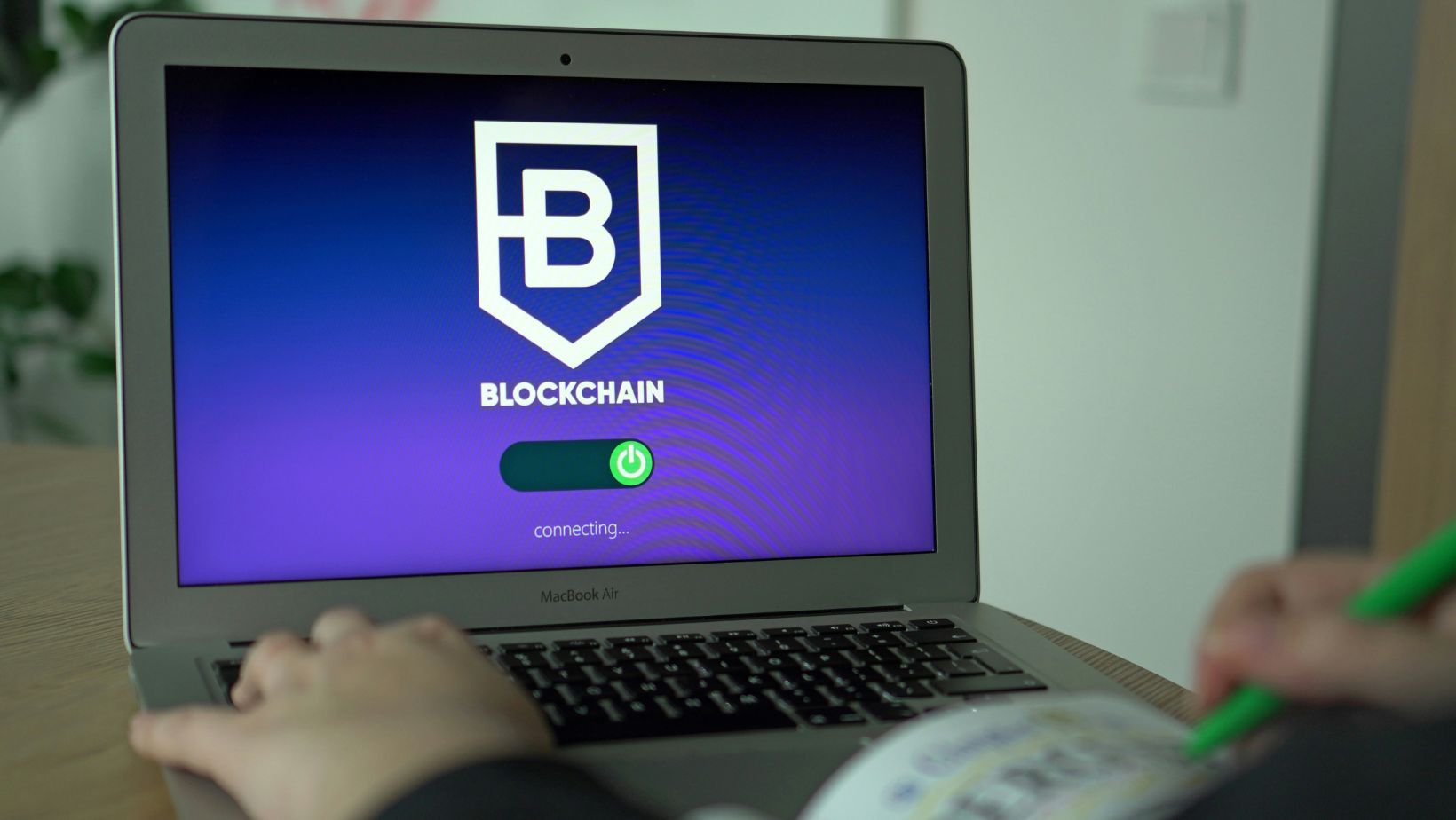Three separate executives from traditional gaming companies asked me the same question in early 2023: how do blockchain casinos actually work? Not one wanted to be quoted publicly. They weren’t chasing crypto hype or planning token launches. They wanted to understand the mechanics because their competitors were already running pilot programs nobody was talking about.
That quiet interest has turned into systematic study across the industry. Here’s why major operators are analyzing blockchain gaming and what they’re actually learning from it.
What’s Actually Happening Behind Closed Doors
Traditional gaming operators aren’t rushing to rebuild their platforms on blockchain. They’re studying specific features that blockchain-native platforms have deployed successfully. The latest crypto casino implementations show provably fair gaming mechanics and near-instant on-chain settlement, subject to operator KYC and fiat off-ramp timelines, that traditional platforms can’t match with their existing infrastructure.
I’ve watched this shift happen in real time through industry contacts. The appeal isn’t cryptocurrency itself. It’s the transparency and speed that distributed ledger technology makes possible. Players can verify game outcomes independently without trusting the operator’s word. Settlements happen in minutes instead of days on-chain, which matters when you’re competing for players who expect instant everything.

Research tracking Web3 gaming shows real scale in 2024. Blockchain gaming accounted for roughly 26% of all dapp activity with around 4.4 million daily unique active wallets in Q3, rising to approximately 7.4 million by year end. That scale got attention from operators who previously dismissed crypto gaming.
Why Traditional Operators Actually Care
The business case became clear when player acquisition costs started climbing across traditional platforms. Evidence on retention is mixed across the industry. Some Web3 titles hit over 50% monthly retention, compared to mainstream mobile gaming’s typical 4-5% rate. The technical infrastructure enables features that traditional platforms struggle with, which matters when I’ve seen customer acquisition costs hit $200-$400 per player in competitive markets.
Transparency reduces support costs in ways I’ve seen firsthand. In my conversations with operators running blockchain pilots, payment-related support tickets dropped significantly because settlement status stayed visible on-chain. When players can verify game fairness themselves, dispute resolution becomes simpler.
Smart contracts can auto-distribute tournament prizes or affiliate splits once conditions are met, reducing manual processing. Players can own in-game assets that work across games in some implementations. I’ve tested these features myself and they’re not theoretical anymore.
The Technical Reality Major Operators Are Testing
Operators studying blockchain integration focus on specific technical advantages rather than complete platform migration. The features aren’t flashy but they solve real operational problems that traditional systems handle poorly. Industry analysis shows the capabilities drawing serious attention from major operators include:
- Provably fair random number generation that players can verify independently without third-party audits
- Smart contract-based payouts that execute automatically when conditions are met without manual processing
- Transparent transaction history that reduces fraud detection costs and dispute resolution time
- Cross-platform asset portability that could increase player lifetime value through ecosystem effects
Not every operator will adopt these features immediately. But understanding how they work has become essential competitive intelligence in an industry where player trust and transaction speed directly impact profitability.
What This Means
The shift is clear: operators no longer ask whether blockchain matters but which features deliver returns. Some integrate provably fair mechanics alongside traditional payments, while others test stablecoins for faster settlement. The technology is modular enough now that operators can cherry-pick features without rebuilding entire platforms.